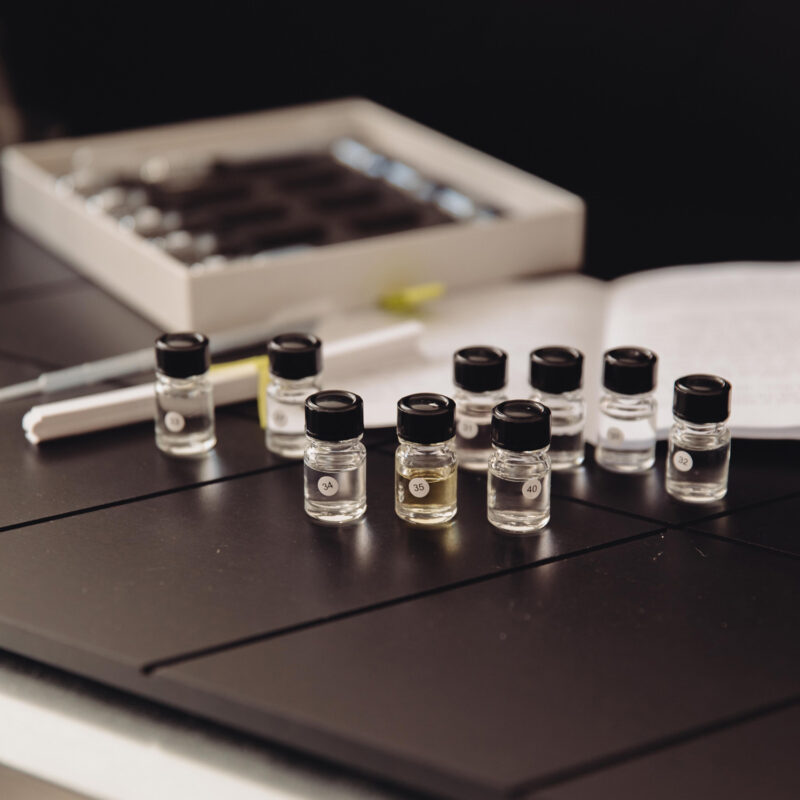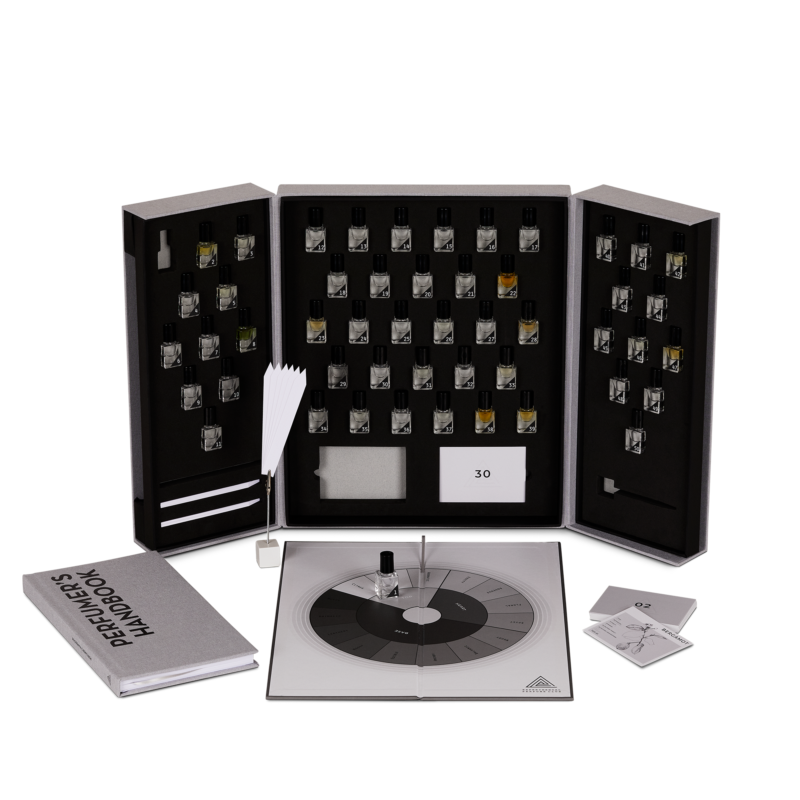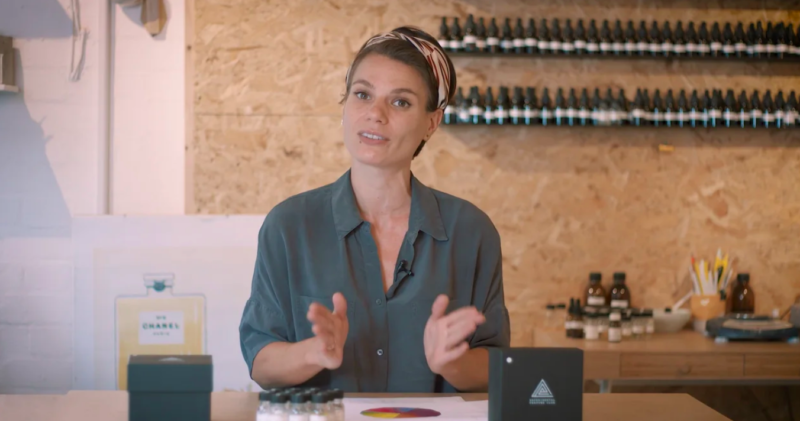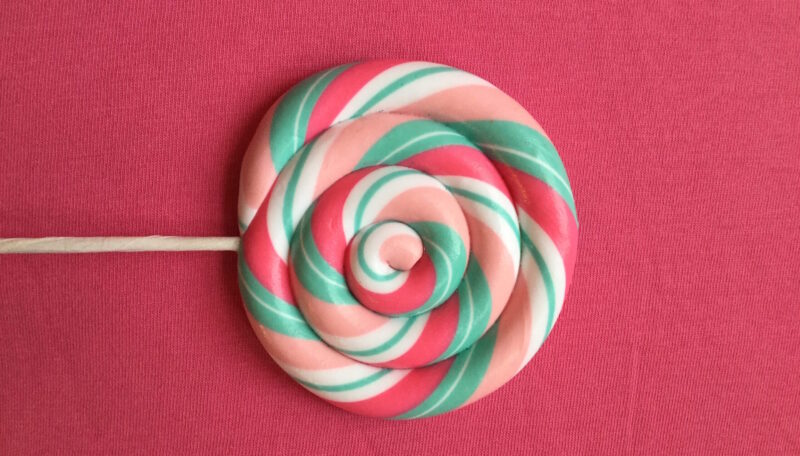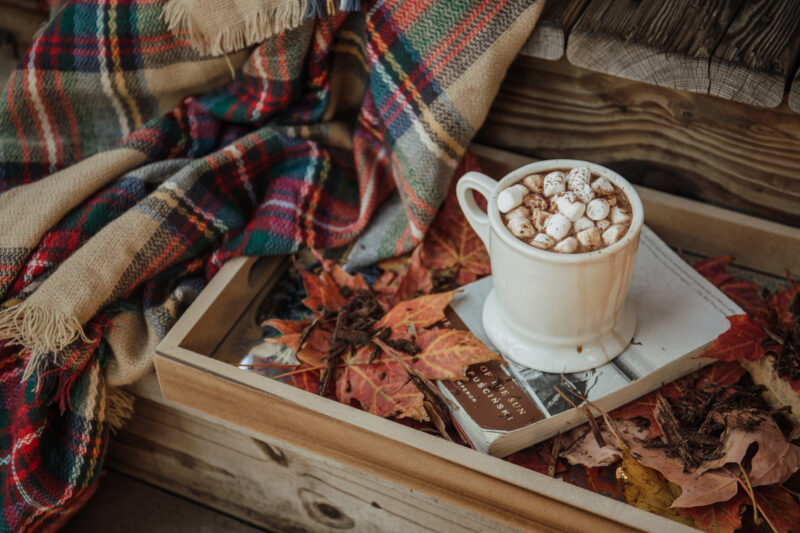Cold nights, mulled wine, mince pies and log fires.
December is here along with our selection of perfume ingredients that evoke festive feeling.
1. Vetiver: Nuts & Dry Fruits
Vetiver is an ingredient extracted from the Asian bush grass, Chrysopogon zizanioides, which grows in marshy environments native to Sri Lanka, Indonesia and Southern India. The roots of these plants have a particular smoky, dry, nutty and slightly bitter scent which is desirable in perfumery especially as the oil can’t be recreated synthetically. Vetiver essential oil carries a woody scent with a hint of smoke, nuts and dried fruits. This earthy root combines subtle citrus with a deep leather and amber note. It is so rich on its own that it has often been used as the star ingredient in fragrances such as Terre D’Hermes and Vetiver by Guerlain. Vetiver is predominantly used in masculine fragrances but we don’t think ingredients or perfume needs gendering.
2. Fir Balsam: Pine & Fruit Jam
Fir Balsam is the perfect ingredient to talk about as we approach Christmas. It is extracted from Abies balsamea, a large coniferous tree of the pine family native to North America that looks similar to a Christmas tree. Fir Balsam absolute is a deep blue-green solid that needs to be heated before use. The smell of Fir Balsam is more balsamic and ambery than it is fresh piney. It also has a sweet and fruity facet reminiscent of apricot and strawberry. It is a great ingredient for masculine, woody, oriental and aromatic compositions.
3. Birch Tar: Smoke & Leather
Extracted by heating the bark of the hardwood birch tree to extreme temperatures, Birch tar is likened to the smell of smoke, charred wood and a burning fireplace. It adds leathery, balsamic and burnt notes that gives perfume an animalic and leathery touch. Mainly used in suede and leather fragrance to evoke a smokey note. Birch tar is an overpowering ingredient that is difficult to use in a fragrance. When adding Birch tar to your composition, do so with caution and ensure it is significantly diluted (i.e. 0.1% in ethanol).
4. Tonka Bean: Marzipan
A common ingredient extracted from the Dipteryx Odorata (“Cumaru”) seed native to South America. The word “tonka” originates from Galibi language, native to French Guyana. The Galibi word tonqua or tonquin translates to “bean”, so really this ingredient should be called “Bean bean”! Tonka bean has an aromatic yet edible scent similar to that of marzipan. This is attributed to its almond facet. The scent of tonka bean is reminiscent of vanilla with a hint of spice and almond or the smell of hay. What is really interesting in tonka bean is its star molecule, Coumarin. It is an iconic molecule used in fragrances and is a must when creating a Fougere structured fragrance. Given that it coumarin makes up 60% of the chemical composition of tonka bean, it’s no wonder that it smells so close to the real thing.







